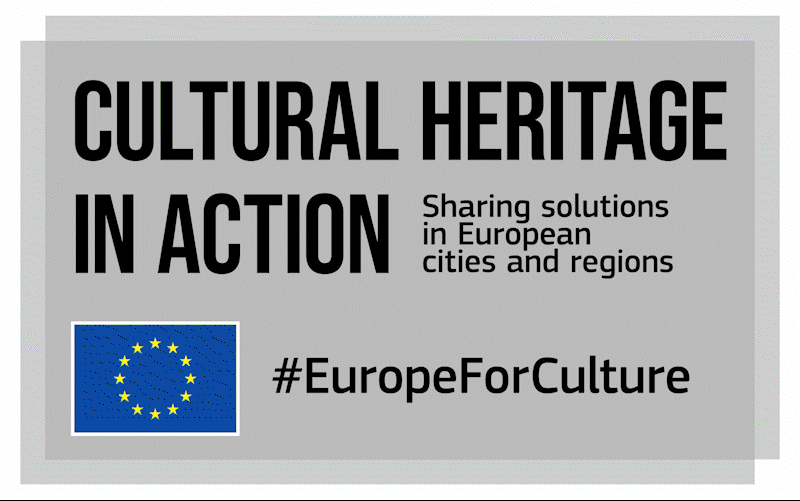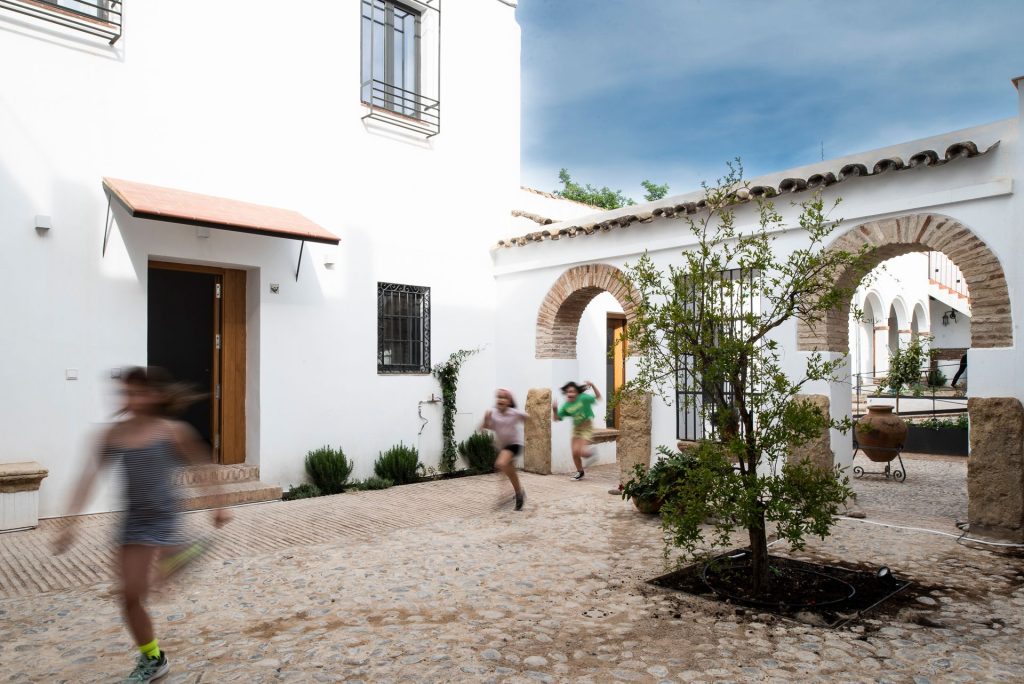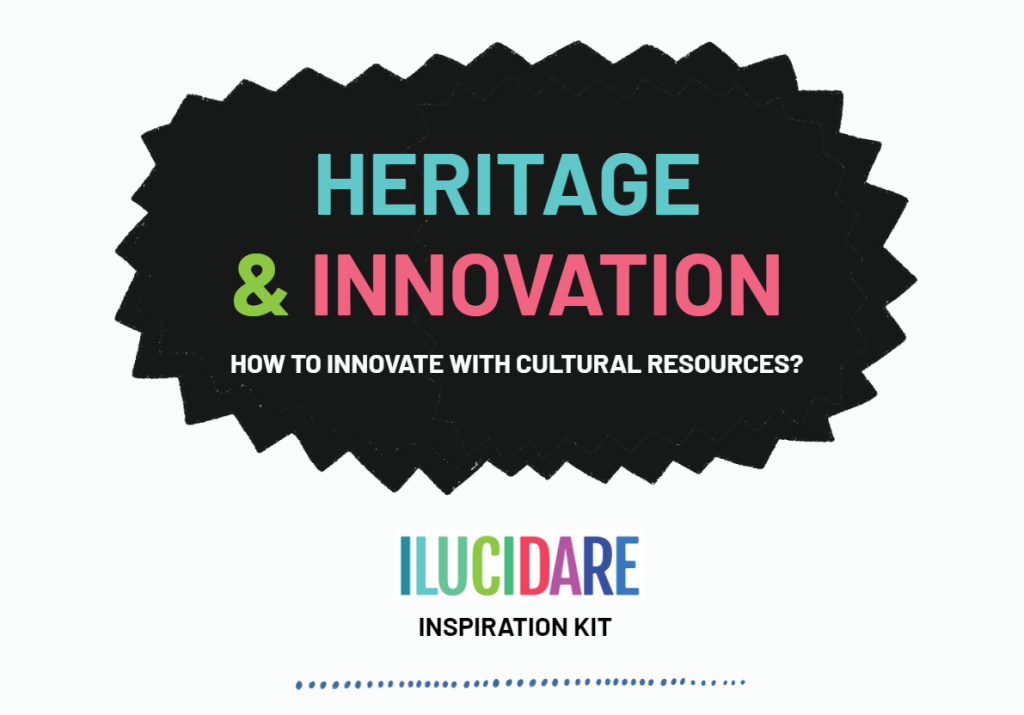‘High quality design and well-considered interventions can sustain the life and authenticity of cultural assets and prevent the adverse loss of their cultural significance’. This is one of the conclusions brought up by the Open Method of Coordination group of Member States’ experts focusing on high-quality architecture and built environment for everyone. This group, stablished by the Council of the European Union under the priority ‘Cohesion and well-being’ compiled a group of 39 experts nominated by 23 Member States collaborated closely with the aim of addressing the current challenges and long-term strategies for our living environment. The result of this collaboration has been the report titled ‘towards a shared culture of architecture: investing in high quality living environment for everyone’.
Based on a collection of case-studies gathered from multiple governance levels across Europe, this report suggests ways to operationalise quality criteria for architecture and built environment. Its key messages are summarised in 6 points:
- High-quality procedures and solutions become best-practice models. The different interests in the decion-making process should always result in a compromise that improves the build environment for as many people as possible.
- Everybody has access to knowledge about quality. Greater awareness and better understanding of the qualities and challenges of the built environment have a positive impacts on all built developments in the long run.
- Decision-makers subscribe to quality. The decision-making processes for the built environment become a success if as much knowledge and competence as possible is invested at all administrative levels.
- Co-creation with quality in mind. The principles of participatory co-creation are at the heart of all decision-making processes concerning the built environment at all governance levels
- Consistent planning to achieve quality. Adopting the quality principles during the planning, building and transformation or recycling process, as well as rethinking issues of revitalisation and reuse in terms of the quality goals
- Regulations, standards and guidelines help to achieve quality. It is important to ensure that public procurement rules and procedures at the national, regional and local level foster a quality-based approach over a solely cost-based one, that quality is the basis for procuring intellectual services and that the best practices for conducting public architecture and urban planning competitions are followed.
The report demonstrates that criteria for quality living space and design should not be only functional, ecological or economic but also fulfil social, cultural and psychological needs and a general sense of belonging.





